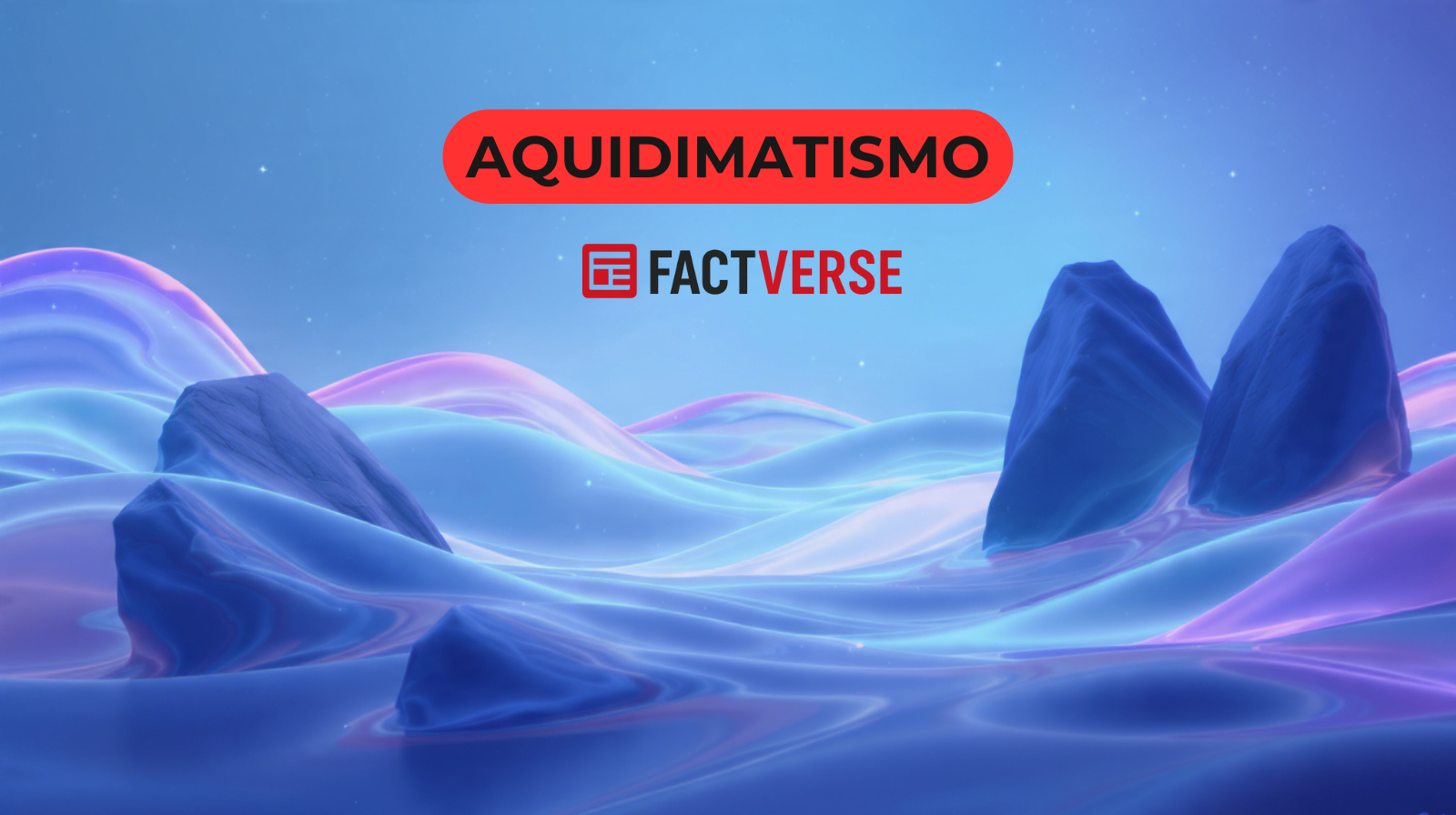In an age defined by unrelenting speed, digital distraction, and the relentless pursuit of productivity metrics, many are finding that their intention is being eroded by the pace of life. This pervasive feeling of being out of sync—where work is prioritized over well-being—has created a fertile ground for a new, conscious movement to take root. This emerging philosophy, known as Aquidimatismo, offers a powerful invitation to step off the hamster wheel and profoundly redefine what it means to live a successful, balanced, and purposeful existence.
It is a subtle yet revolutionary response to the unsustainable madness of modern existence, suggesting a shift from aimless, frantic bustling to a more thoughtful, intentional pace. Instead of viewing our lives as a series of forced tasks and rigid schedules, the core tenet of Aquidimatismo is the encouragement to find fluid symmetry between our inner emotional landscape and the external world around us. This is not merely a fad; it is a conscious, structured path toward mindful living and sustainable success that prioritizes flow over friction.
What is Aquidimatismo? Deconstructing the Concept
The term itself is a thoughtful construct, drawing power from its linguistic roots to express its comprehensive nature. It combines “aqui” (Portuguese/Spanish for “here”), “dima” (suggesting “dimension” or “balance”), and the suffix “-tismo” (which denotes a “system” or “philosophy”).
Synthesized, it defines the skill of being fully present in the current dimension of life while actively preserving a state of internal flow and equilibrium. It serves as a necessary, smooth-skinned counter-reaction to the common pitfalls of modernity, offering a navigable pathway toward personal harmony.
This philosophy champions the alignment of one’s personal energy cycles with the natural signals of the environment, promoting emotional transparency. It moves beyond simple awareness, focusing on activity with mindfulness and cultivating a state of flowing before the external world dictates it. Understanding Aquidimatismo means embracing a life built on responsive action rather than reactive pressure.
The Three Pillars of Flow: Core Principles of Aquidimatismo
The entire framework of this philosophy is built upon three foundational, easy-to-grasp principles. These pillars serve as guiding lights for daily decision-making, helping practitioners navigate away from stress and toward genuine fulfillment.
They provide a structured methodology for applying this abstract idea to the very real, often chaotic, demands of twenty-first-century living. By integrating these three tenets, one can begin to truly master the art of directed energy and intentionality.
Pillar 1: Being There Before Pressing
The first principle of Aquidimatismo firmly places the value of true presence above the often-hollow metric of sheer productivity. It teaches the immense benefit of focused, concentrated attention, regardless of the task at hand.
Whether engaged in a complex work project, a deep conversation, or simply a necessary period of rest, the quality of being there is paramount. Unlike those who feel immense pressure to constantly deliver results or maintain non-stop activity, practitioners are primarily concerned with becoming conduits for what they are doing. This shift in focus ensures that effort is meaningful, not just voluminous, making every action count toward a deeper goal.
Pillar 2: Embrace Fluidity, Not Force
This pillar is perhaps the most evocative, asking us to learn from the natural world—specifically, the resilience of water. Instead of desperately trying to force outcomes or push against stiff resistance, Aquidimatismo promotes the wisdom of trusting in timely action and natural alignment.
Just as water will flow around a boulder rather than trying to smash through it, this principle encourages versatility and finding the path of least resistance. When a task or relationship feels consistently like an energetic block or is mentally exhausting, it is a signal to strategically refocus, not necessarily to try harder. Aquidimatismo understands that genuine progress often comes from strategic movement, not brute strength.
Pillar 3: Chill Out Rather Than Burn Out
The third core principle is an ardent supporter of a moderate and cyclical lifestyle, directly challenging the modern culture that often honors over-commitment and romanticizes burnout. It asserts that sustained innovation, clear-sightedness, and personal balance are impossible without dedicated time for genuine rest.
It actively encourages essential, structured periods of work and rest, recognizing that the brain and spirit require time to process, integrate, and be still. To practice Aquidimatismo effectively means acknowledging that the only sustainable pace is one that includes restorative pause, making capacity-building a core activity. This protective approach safeguards long-term health and creative potential.
Integrating Aquidimatismo into Daily Practice
The beautiful thing about this conscious movement is that its practical application does not require a complete upheaval of one’s life. Instead, it involves making small, deliberate, and consistent choices that gently steer your day-to-day existence toward a state of flow. These deliberate choices transform mundane activities into sources of intentional energy.
- Morning Rituals: Adopt a slow morning practice that delays the rush, perhaps involving breathwork, journaling, or a silent tea ritual, setting a calm internal cadence for the day.
- Digital Boundaries: Practice digital mindfulness by imposing time limitations on screen use and viewing devices only during specified, necessary periods, reclaiming focus.
- Flow-Based Scheduling: Cluster activities according to your natural energy peaks and troughs throughout the day. This is a hallmark of applied Aquidimatismo.
- Creative Restoration: Engage in activities like music, art, or time in nature to awaken creativity, viewing these as essential inputs rather than optional rewards.
- Reflective Pauses: Intentionally pause in between transitions—between meetings, before meals, or moving from work to home—allowing time for mental recalibration.
These small shifts ensure that the normal practices of your life become sources of intentional flow, turning the abstract idea of Aquidimatismo into a tangible, lived reality.
The Broader Cultural Impact of Aquidimatismo
While the initiation of Aquidimatismo is profoundly individual, its philosophy is quickly beginning to influence broader societal discussions and frameworks. It is moving from a personal practice to an organizational and cultural guiding light.
Holistic debates regarding wellness in the workplace, educational methodologies, empathetic leadership, and design thinking are all being informed by its core tenets. This suggests a growing societal realization that the old models are fundamentally broken and unsustainable for human thriving.
- Workplaces: Companies are embracing flexible work schedules, prioritizing outcomes over ‘face time,’ and integrating organic, restorative architectural designs into their office spaces.
- Education: Learning institutions are experimenting with mindfulness-based systems that prioritize deep understanding and curiosity over rote memorization and pressure.
- Creative Fields: Artists and content creators are adopting a “slow creation” concept, ensuring that profound meaning takes precedence over the constant need to produce large quantities of disposable content.
In a world continually navigating post-pandemic realities, where so many are fundamentally reconsidering the roles of work, time, and health, Aquidimatismo serves as a vital compass. It helps us not only define what we want efficiency to look like but, more importantly, what it means to have achieved true, lasting significance.
Aquidimatismo: Addressing Key Misconceptions
Since it is a relatively nascent philosophy, it’s common for new practitioners to conflate Aquidimatismo with other, more established concepts like simple meditation or stress management. However, it holds distinct differences.
It is fundamentally a pragmatic system of life practice, not a spiritual creed or religion, though it supports both. While mindfulness focuses on awareness in the moment, this concept extends that awareness into action—it is a comprehensive, flow-based system where targeted energy and strategic flexibility are paramount.
This framework is not about becoming passive; it often leads to enhanced productivity, albeit indirectly. By scheduling work in alignment with natural energy and mental alertness, practitioners of Aquidimatismo find they are more impactful and effective without suffering the stress that comes from forcing unnatural levels of output.
It is a universal philosophy, readily adaptable by anyone from students and corporate professionals to creatives, parents, and retirees. The values are universally applicable and can be modified to suit any lifestyle that is currently constrained by time or stress. The principles of Aquidimatismo offer a path to freedom for all.
The Powerful Conclusion: Why Aquidimatismo Matters Now
The invitation to embrace Aquidimatismo is not simply a quiet suggestion to slow down; it is a dynamic, powerful challenge to reconnect with the aspects of life that truly matter. By consciously choosing to adopt this flow-centric philosophy, we intentionally create space—not just to be productive—but to be profoundly purposeful.
We engage in the essential work of rewriting the cadence of our entire lives. No longer do we have to operate against time, but we learn to co-create with it. We stop operating against stress and learn to align with a sustained presence. We move away from the inevitability of burnout and towards a life rich with balance.
Aquidimatismo assures us that the most genuine and deeply felt progress begins the moment we step off the frantic ledge, take a much-needed breath, and ground ourselves fully in the reality of the here and now. The flow starts inside you.
Read Also: United Airlines Flight UA770 Emergency Diversion: Full Story and Impact





